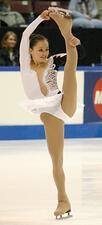
Sasha Cohen
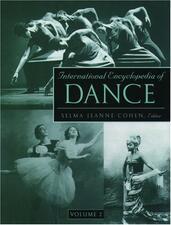
Selma Jeanne Cohen
It was Selma Jeanne Cohen’s mission in life to make dance scholarship a respected field, taking its place with the study of the other arts both in society and, particularly, the university. As a writer, editor, and teacher, she was a leader in transforming dance history, aesthetics, and criticism into respected disciplines. Cohen founded the Society of Dance History Scholars and received the first Dance Magazine Award ever given to a dance historian.
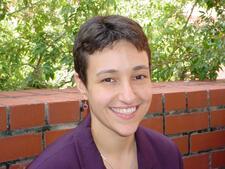
Tamara Cohen
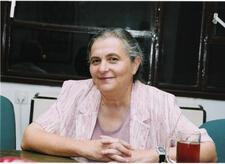
Veronika Cohen
Veronika Wolf Cohen has shaped Israeli minds in two very different ways, by developing national music curricula and by leading innovative Israeli-Palestinian dialogue groups.
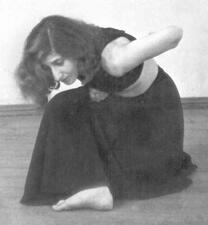
Yardena Cohen
Incorporating biblical themes and Sephardic music into her dances, Yardena Cohen helped create a uniquely Israeli artistic culture. Cohen opened her Haifa dance studio in 1933 and maintained it for some seventy years, stressing creative dance. She continued to teach well into her nineties and in 2010 was awarded the Israel Prize for Lifetime Achievement.

Ze'eva Cohen
Ze’eva Cohen is a Yemenite-Israeli-American dancer and choreographer who redefined what it means to be a Jewish performer. She was a leader in the world of postmodern dance in New York between the 1960s and 1990s, a founding member of Dance Theater Workshop, and founding director of the dance program at Princeton University. She choreographed for companies all over the world, performed in the work of countless contemporary choreographers, published articles in English and Hebrew, and influenced generations of dance students.
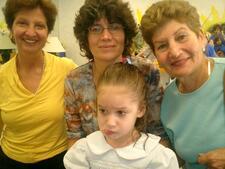
Dianne Cohler-Esses

Fannia M. Cohn
Fannia M. Cohn was one of the leading Jewish women trade union activists in the United States. Drawing on her Russian Jewish cultural traditions, she pioneered the development of educational programs within the International Ladies Garment Workers Union (ILGWU).
Felice Cohn
Felice Cohn was one of Nevada’s first women lawyers in the early twentieth century, an author of suffragist legislation in Nevada, and one of the first women allowed to argue before the United States Supreme Court.

Linda Cohn
Linda Cohn broke barriers in 1981 when she became one of the first female sportscasters in America.
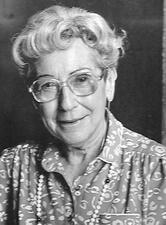
Mildred Cohn
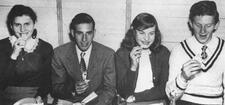
College Students in the United States
Colonial Entrepreneurs: A Quartet of Jewish Women
Esther Pinheiro, Esther Brown, Rachel Luis, and Simja De Torres were widows, each held property, and each was at one time or another a merchant. Although they have been overlooked by history, written records that document their activities demonstrate the lives of well-off colonial Jewish women.
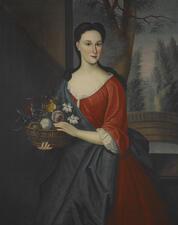
Colonial Period in the United States
Jewish women in colonial America led varied lives, with some occupying traditional roles as mothers and wives and others remaining single. Some ran their own businesses and others worked as servants for Jews with more money. Both in and out of the synagogue, women played a crucial role in early American Jewish communities.
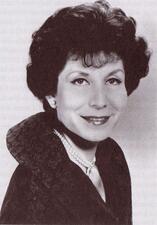
Betty Comden
Betty Comden wrote lyrics and librettos for enduring and beloved musicals like Singin’ in the Rain and Peter Pan, winning some of the industry’s highest honors. Comden worked with her writing partner, Adolph Green for almost fifty years on different musicals, winning their final Tony Award together for The Will Rogers Follies in 1991.
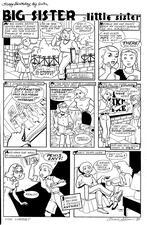
Jewish Women’s Comics and Graphic Narratives
The history of Jewish women’s comics and graphic novels can be traced back to early and mid-20th-century progenitors. With the underground comics scene of the late 1960s/early 1970s, several Jewish women laid the groundwork for the themes, styles, and communal ties that would be taken up by the post-underground. In the 21st century, the works of Jewish women in comics and graphic novels is booming.
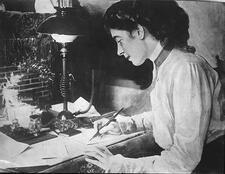
Communism in the United States
From the 1920s into the 1950s, the Communist Party USA was the most dynamic sector of the American left, and Jewish women—especially Yiddish-speaking immigrants and their American-born daughters—were a major force within the party and its affiliated organizations. Their numbers included community organizers, labor activists, students, artists and intellectuals. When the communist movement faded in the 1950s, these women carried radical traditions into new movements for social justice and international cooperation.
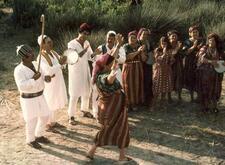
Community Dance Practices in the Yishuv and Israel: 1900-2000
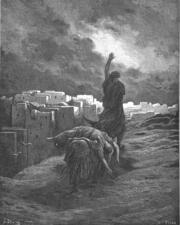
Concubine of a Levite: Bible

Concubine of a Levite: Midrash and Aggadah
The story of the concubine at Gibeah, who is murdered when her husband sends her out to a crowd of Benjamites, is one of the most shocking narratives in the Bible. The rabbis do not blame the unnamed woman for her fate and the ensuing crisis, instead placing the blame at the feet of the Levite and the leaders of Israel.
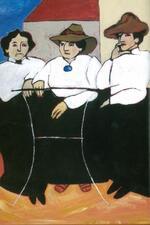
Claribel Cone
Claribel Cone was well known in her time for being a dignified and highly independent woman with two passions: medical research and collecting art and artifacts. She is immortalized in drawings by French modernists Pablo Picasso and Henri Matisse and in Gertrude Stein’s essay “Two Women.”

Etta Cone
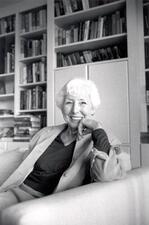
Molly Cone
Molly Cone wrote for over four decades, producing more than 40 books. They include young adult novels, short story collections, middle-grade fiction, Judaica for young readers, and non-fiction on ecological and educational topics. Her work frequently incorporates bits and pieces of her family life, as well as the love of Jewish culture which so enriched her childhood.


